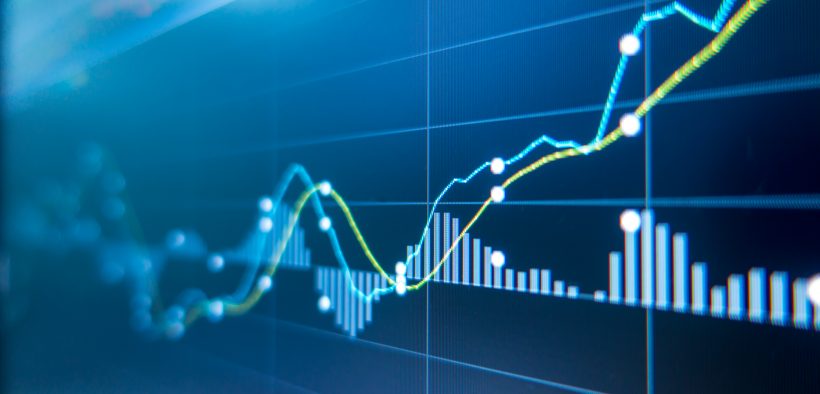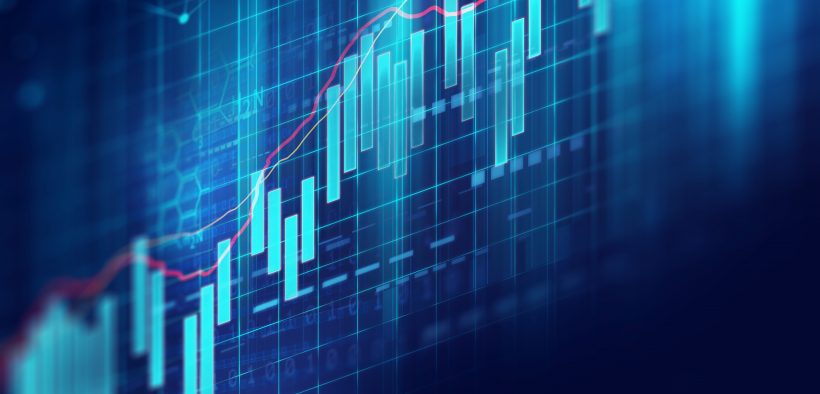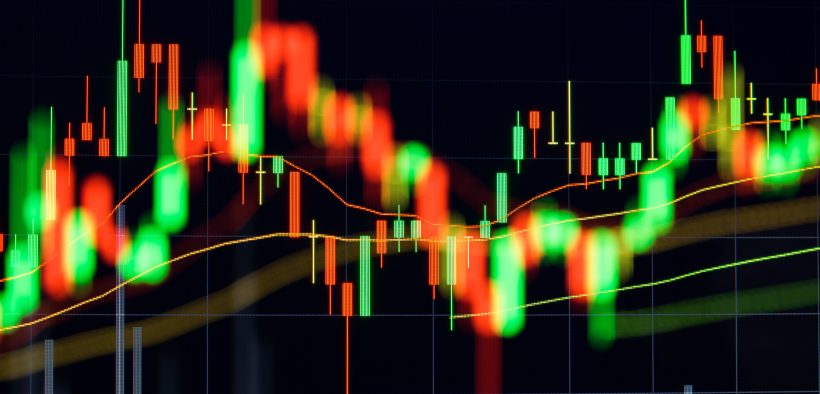
The content for this report was produced between March and July 2020. It does not represent the views of the Government of Canada, or participating departments and agencies. It is intended to encourage conversation about ...

February 10, 2021. Jason Tester walks us through “queering the future”—scrutinizing, adapting, and transforming business as usual into a future that is radically open, human, and embraces chaos, with room and rights for everyone.

Reliable data is essential to economic forecasting. Digital technologies are challenging the certainty previously found in official statistics and macroeconomic models.

Digital technology has weakened the interpretative power of the main macroeconomic indicators—gross domestic product (GDP), the unemployment rate, and the Consumer Price Index (CPI).

Digital technologies will motivate change in financial market behaviours across many channels and spark a range of activities that can affect market volatility.

The way businesses and consumers share the value created from ownership of technology and data determines whether there is demand destruction or demand creation.

The latest advances in digital technologies could impact trade flows and gross domestic product (GDP) by enabling a rise in both local and global production.

Digital technology continues to advance at an unprecedented rate. The effect of the technological advances on consumption results in various scenarios.

The current wave of technological innovations is changing how goods and services are produced and delivered.

Two plausible global economic futures may emerge depending on how digital technologies impact wages, consumption, production, investment, and trade.

